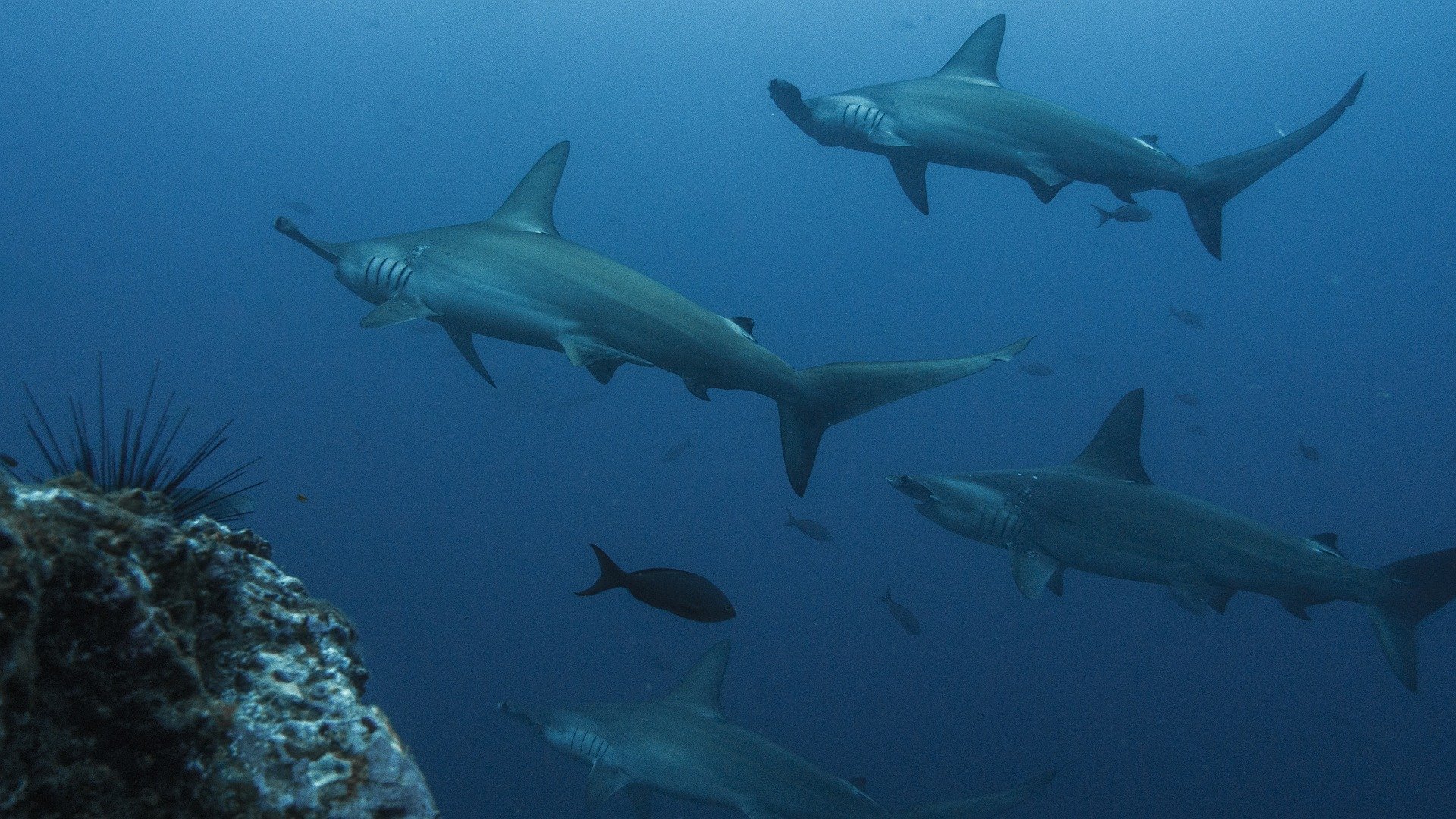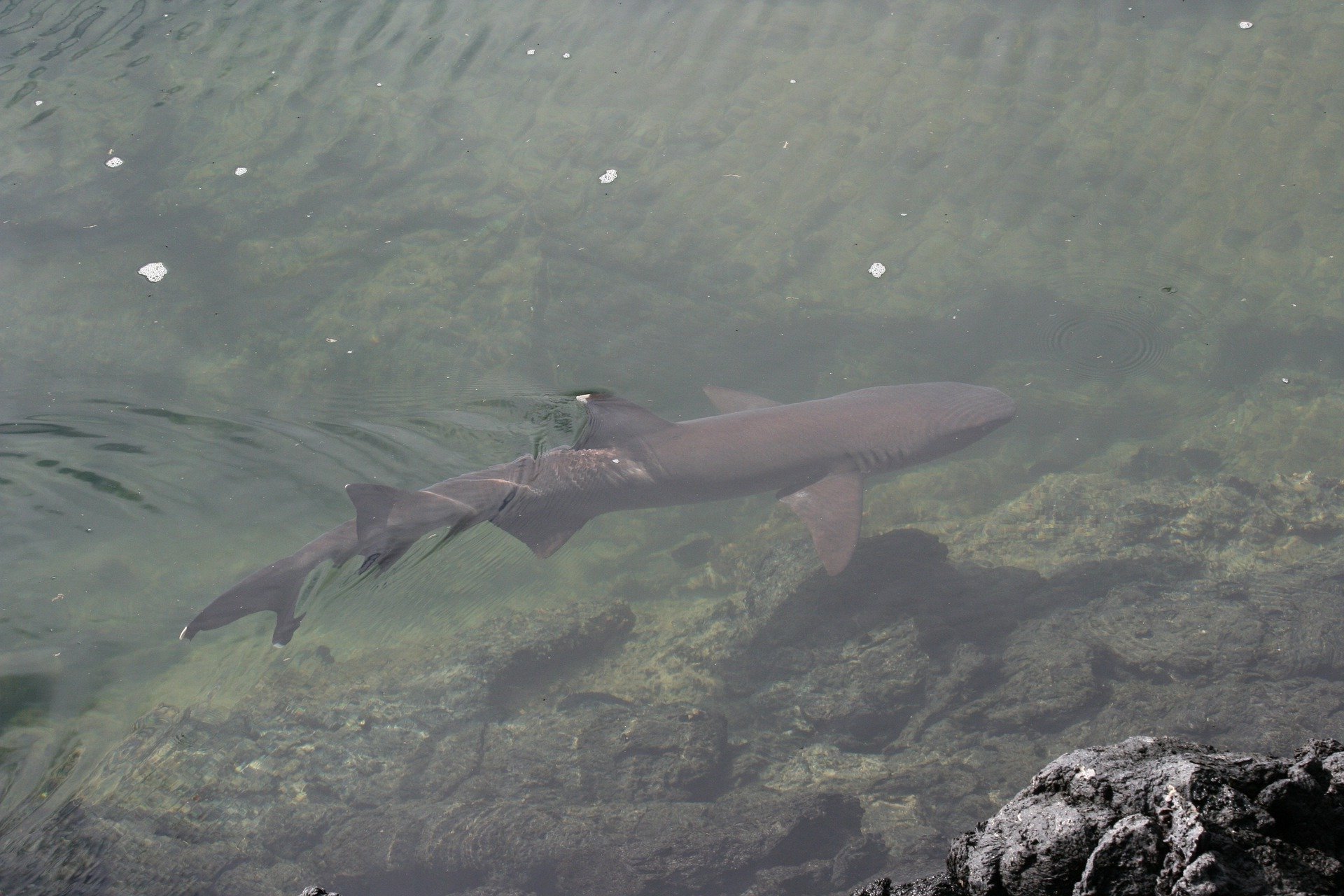
The Hammerhead Shark
The Sphyrnidae
The Hammerhead shark, with its distinctively shaped head, possesses a remarkable advantage in locating its prey. These solitary hunters have the ability to locate stingrays, even when hidden beneath the sand on the seafloor.
These sharks possess a superior visual range compared to other sharks due to their widely spaced eyes. Their specialized sensory organs, housed within their mallet-shaped heads, enable them to move through the water with remarkable ease and speed. The T-shaped cephalofoils on their heads grant them lightning-fast reflexes and reduce drag in the water, making them truly fearsome predators!
How is the climate crisis impacting the Hammerhead?
During an El Nino event, the surface waters of the Pacific Ocean warm due to the winds blowing over the vast Pacific. This reduces the upswelling of cooler, nutrient-rich waters from the deep and can reverse the ocean currents along the equator and along the west coast of South and Central America.
The El Niño phenomenon could reduce sharks, but it may also shift attention towards other marine species that flourish in warmer waters. The area becomes a haven for tropical fish and corals, offering divers a unique perspective.
The El Niño event
Fun Facts
Their wide-set eyes and highly specialized sensory organs on their mallet-shaped head give hammerhead sharks a superior visual range (almost a 360-degree view!) and ability to scan for food in the ocean. Sharks use their ampullae of Lorenzini to detect electrical fields created by prey animals. Hammerheads, with their increased sensitivity, can find their favorite meal, stingrays, even when they are buried under the sand.

The Carcharhinus Galapagensis

